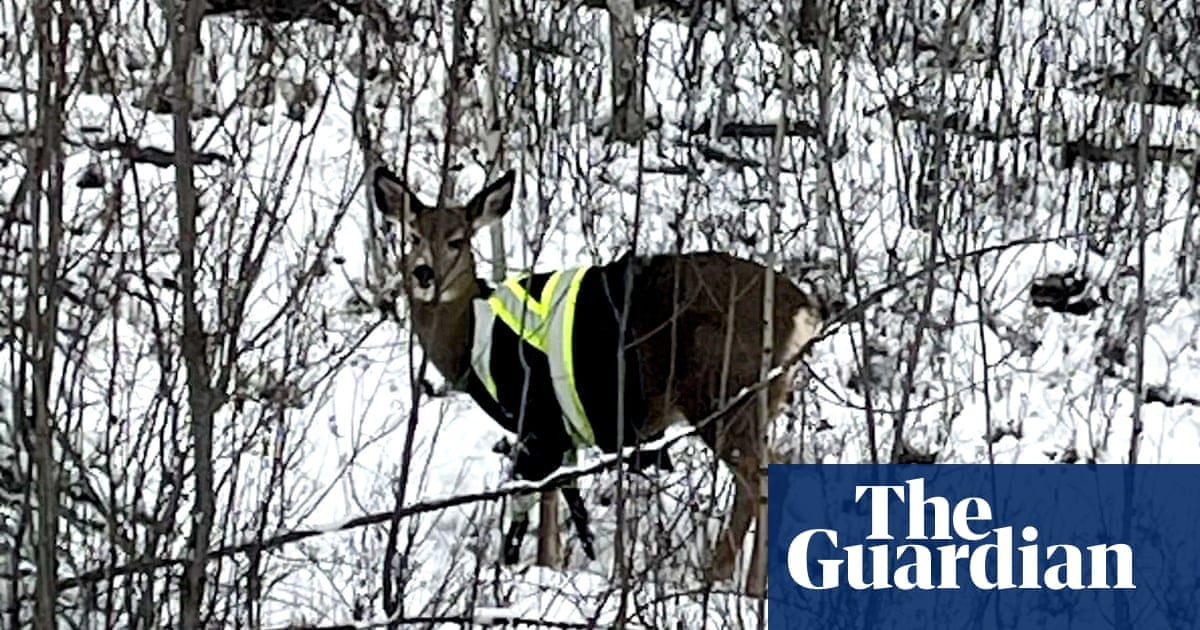Summary
A mule deer in McBride, British Columbia, was spotted wearing a zipped high-visibility jacket, baffling residents and conservationists.
Locals are unsure how or why the deer was dressed, with some speculating safety motives while others worry about potential harm.
Conservation officers are trying to locate the deer but caution that sedating it poses risks, including fatal stress.
They hope the jacket falls off naturally and warn against dressing wildlife, which is illegal under provincial law.



Mom had abandoned it in a field and neighbor had ran a coyote pack off a few times that were going after it and had torn it up a bit. He finally took it home and patched it up. It would hang around the yard but he never really fed it or encouraged it to stay. But it loved people and stayed near.
I know people like to get on their high horse about this, but moose, like reindeer, have been domesticated in the past. And he wasn’t even trying to do that, he just saved an animal and it hung around. So, yes, I agree that they don’t make great pets, but this moose was going to die that night, and it lived a couple years longer for his efforts.
This whole idea that they “saved” it is philosophically flawed and deeply problematic from a moral and ecological perspective. Claiming that the mother “abandoned” it demonstrates ignorance of the way these animals live and care for their young.
Regardless, a proper wildlife rehabilitation program by a zoologist would have actually kept the moose alive and been in a position to judge if the moose was safe to be re-released. Your moose story could have easily ended in the death of people in addition to the moose. This isn’t some kind of vain high horse I’m on. It’s just simple facts learned through decades of direct experience with wild animals in the wild, in rehabilitation, and in zoos. I stand by my earlier statements. I’m sorry this bitter pill is hard for you to swallow I guess. So it goes.